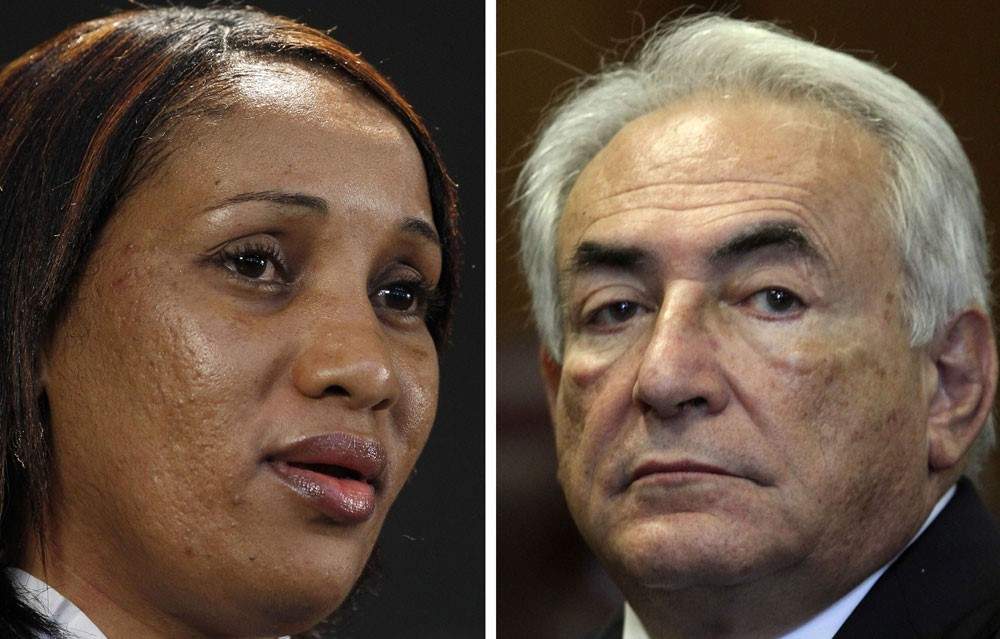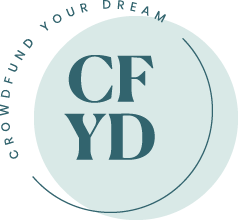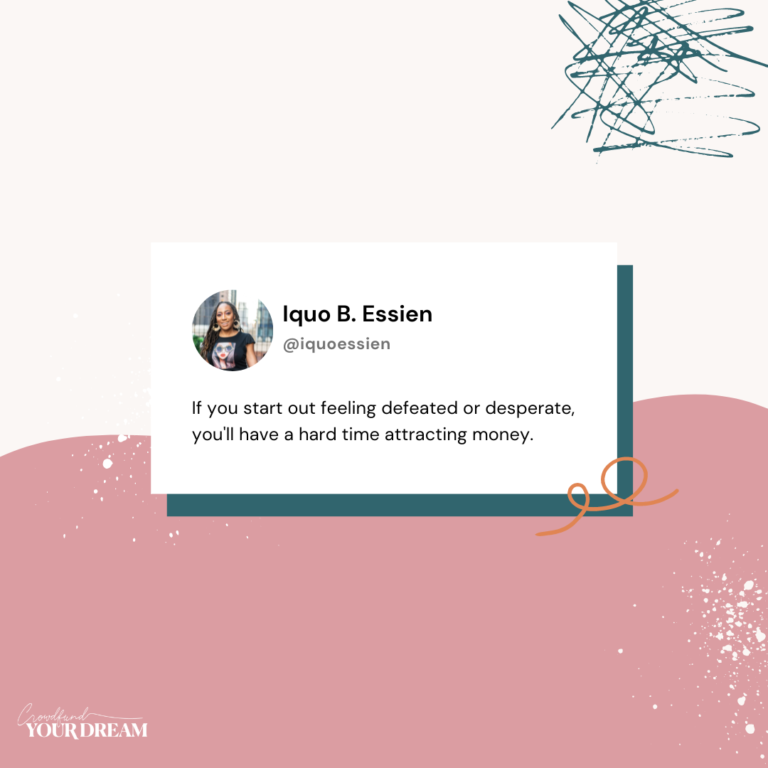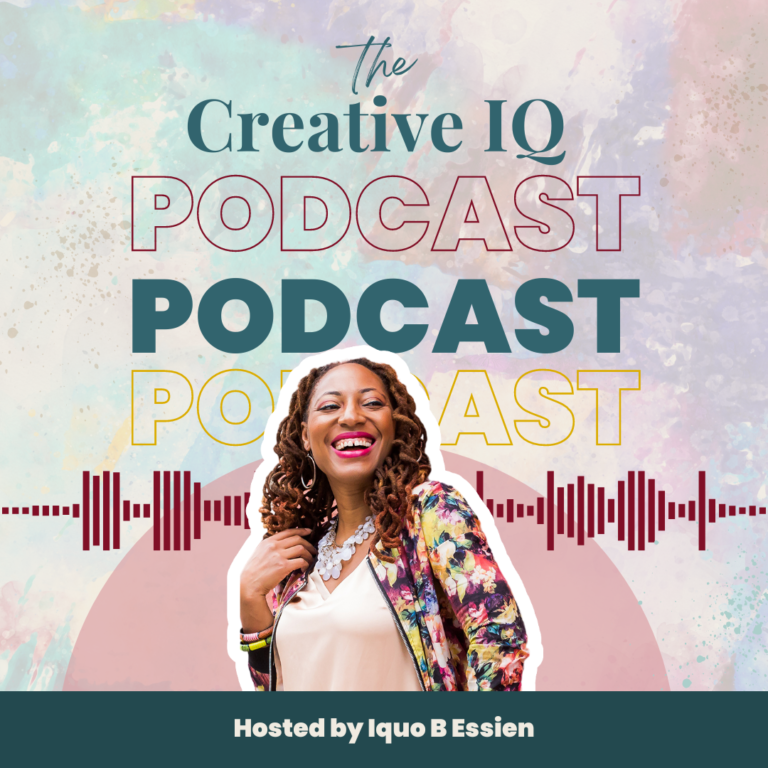In June 2011, Dominique Strauss-Kahn, then head of the International Monetary Fund, was jailed on charges of sexual assault against a housekeeper at a Manhattan hotel. When the scandal hit the international news, I was in Nigeria, in my third year of leave from NYU/Tisch grad film school, writing a memoir of my late mother.
The Case

I sat glued to the news, amazed that a would-be French President, who held the purse strings on development aid in Africa, was being accused of assault by Nafissatou Diallo—a single mother and Guinean immigrant, living in the Bronx with her teenage daughter. She accused him of forcing her to perform oral sex when she entered his suite to clean the room…while DSK claimed the act was consensual. The case pitted the rich against the poor; the West against the developing world; and entrenched patriarchy against the women’s rights movement, years before the #MeToo era.

Although women in countries such as India and Pakistan have long organized successful campaigns against sexual harassment, it’s sometimes hard to recall what the world was like before #MeToo placed a global spotlight on abuse survivors.
When the DSK case happened, union housekeepers rallied support around Ms. Diallo, as did a coalition of NYC women’s and immigrant rights organizations. Still, many people didn’t believe her—especially after DSK’s legal team went on a media blitz calling her a liar, with news outlets insinuating she was a prostitute and a crook. Even the African immigrant community in NYC was divided. With the case falling apart, Ms. Diallo did the only thing she could—and took her story straight to the court of public opinion.
When the criminal case was eventually dropped by the Manhattan District Attorney, Cyrus Vance, Ms. Diallo was left to pick up the pieces. It was a David meets Goliath story, only Goliath won—at least it seemed that way publicly, though DSK quietly paid her a multimillion-dollar settlement in civil court.
There was so much more to the story than the media reported, particularly from Ms. Diallo’s perspective, so I went back to film school, determined to tell it.
My Film
Script in hand, I returned to NYU/Tisch ready to make my second year short film. I contacted Ms. Diallo’s attorney, the late Kenneth Thompson, to schedule an interview, but she had stopped doing them. So I talked to representatives at UNITE HERE, her hotelworkers’ union; contacted court reporters for transcripts of DSK’s appearances, before the records were sealed; and devoured every article I could get my hands on.
I wrote, produced, and directed Aissa’s Story with the help of a phenomenal cast and crew. My short film subsequently became a semifinalist in the Student Academy Awards. Sounds easy, right? Truthfully, it was anything but.
Having been on leave for three years, and joining a new class of students, nobody knew me. So when it came time for classmates to crew on each other’s films, nobody signed up for mine.
My excitement about telling this amazing story quickly turned to panic when I faced a major obstacle: how to raise enough money to hire and pay my entire crew. If I didn’t figure it out, I wouldn’t be able to make a film, and would fail all my classes.
So how did I do it? Keep reading.
My Fundraising Campaign

With my back against the wall, no mailing list, and a pitiful social media presence, I launched a multiplatform fundraising strategy that raised $15K in 4 weeks. So how did I do it? Here are the highlights:
- Letter-writing campaign. I snail mailed letters to friends and family. It takes a village to raise a child and my village showed up for me in a BIG way. In the process, I learned that the strength of my relationships gave people a personal stake in my success or failure.
- Indiegogo. I launched a 21-day campaign (though most sites suggest 30-60 days, I was literally flying by the seat of my pants) with rewards ranging from a DVD of the film to T-shirts and posters. I designed and mailed all the rewards myself.
- Fiscal sponsorship. I received fiscal sponsorship through Fractured Atlas, which, at the time, had a partnership with Indiegogo that reduced administration fees and the time to access funds.
- Equity Investment. I wrote a prospectus, or investment proposal, and attracted an equity investor who took an interest in the subject matter.
Running a successful campaign has as much to do with raising money as it does with marketing your campaign. In the end, I exceeded my fundraising goal by 25% with these tools—just a handful of the strategies I used in my campaign.
How I raised the funding in 4 weeks, while planning and shooting a film, amazes me till today. It’s a testament not only to the power of determination, but also how each of us can find our village, no matter how small.
Funding Your Dream
Are you planning a fundraiser for your creative project? Or thinking about planning one? Download the Crowdfund Your Dream Roadmap: 10 Steps to Funding Your Dream and join our mailing list for regular tips and inspiration. How are you funding your dream? Drop a comment below!













